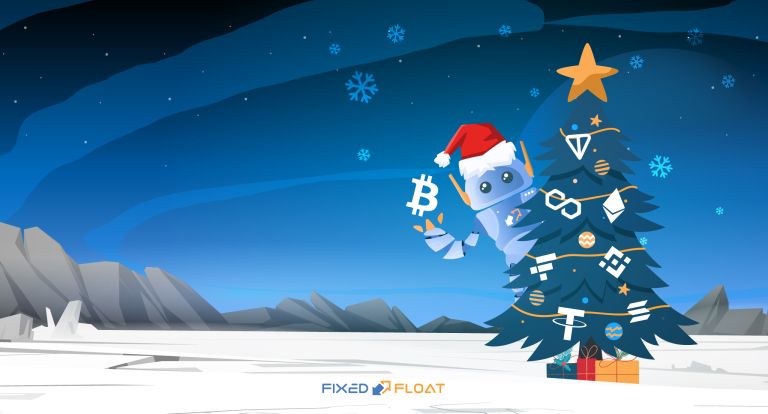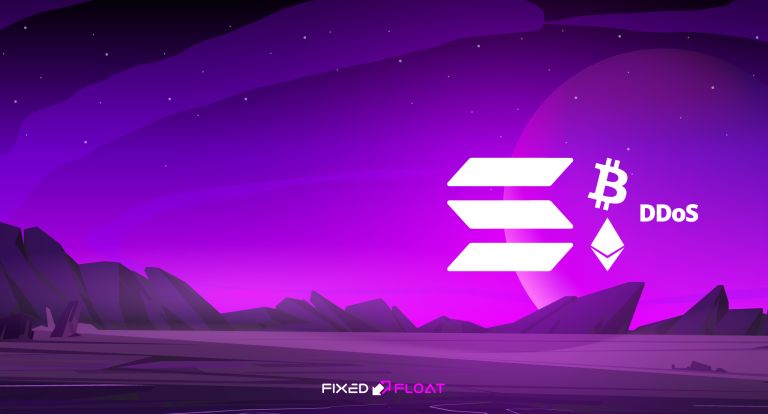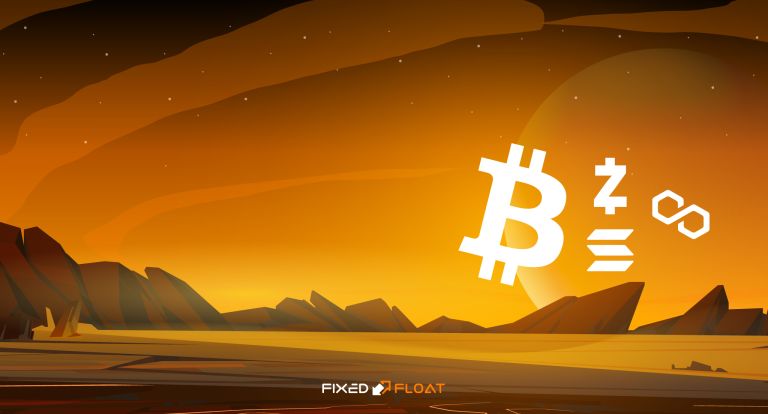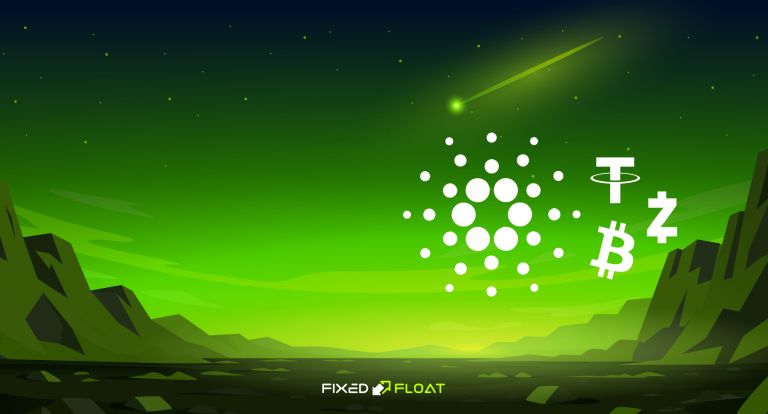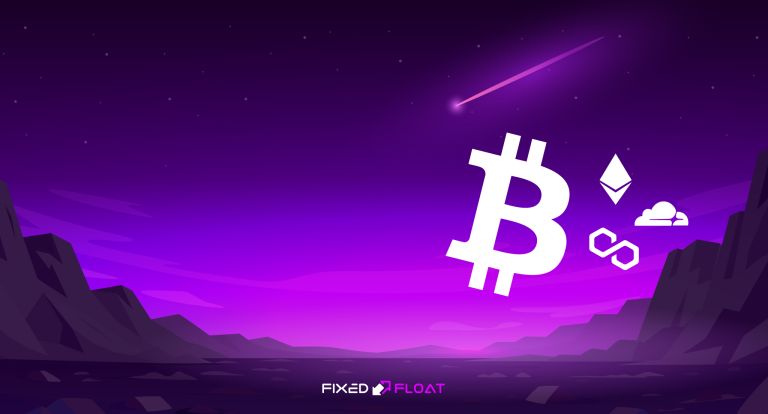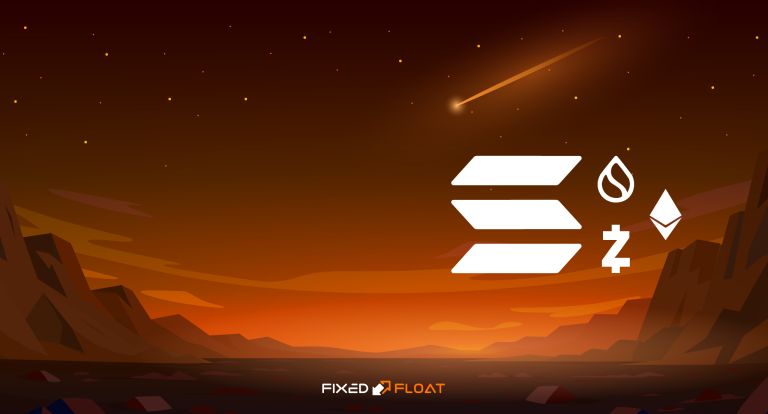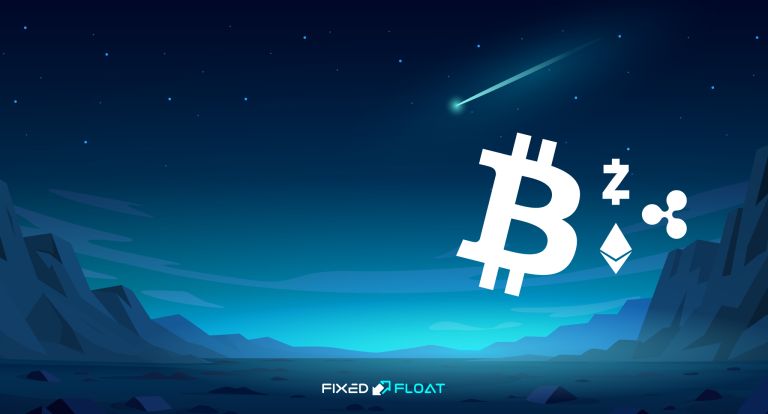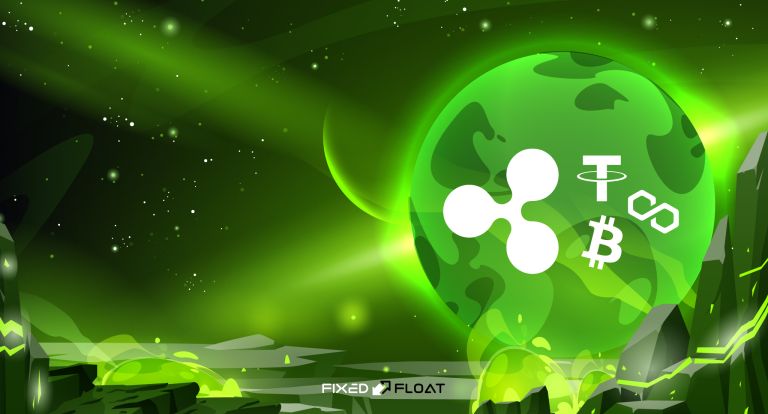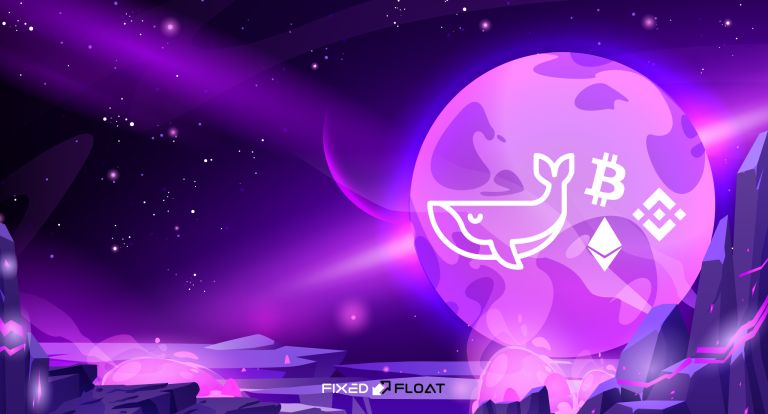A brief history of Cardano
At the end of 2014, former Ethereum developer Charles Hoskins put together a team to create a Cardano platform that, in his opinion, had to meet all his requirements. With the help of the platform, Charles Hoskins wanted to introduce cryptocurrency into the real economy, make microtransactions convenient and create convenient conditions for launching reliable and secure decentralized applications.
The platform was named after the Italian mathematician, engineer, philosopher and astrologer — Gerolamo Cardano. At first, the platform worked in test mode. In 2015, the project was presented to the public. Within two years, the coin has become very popular in Asian markets.
Features of Cardano
- The main difference between Cardano and other cryptocurrencies is the layer technology. The first layer is Cardano Settlement Layer (CSL). He is responsible for the economics and balances of all its users. The second layer is Cardano Control Level (CCL). All smart contract functions and regulatory tools work here. This technology allows you to protect the privacy of transactions, as well as update layers separately from each other, without jeopardizing user balances or network bandwidth.
- The platform developers used the Haskell programming language. This language is considered to be one of the most stable and secure languages.
- The Cardano platform is systematically reviewed by regulators and government agencies. Thanks to this, Cardano quickly gained the status of a legal payment instrument.
- One of the algorithms that the developers have integrated is Ouroboros. It is based on proof of stake (PoS). The amount of the miner's reward depends on the number of coins in the wallet and the user's activity. The protocol makes it easier for users to generate invoices and conduct transactions.
Disadvantages of Cardano
- Although the project is promising, it is still being finalized. Most of the potential is not fully disclosed. It remains to be seen whether the project will become more successful.
- Very few multi-wallets currently support Cardano.
Cardano address formats
There are 2 types of Cardano addresses:
- Byron is the first version of an address that starts with "A" or "D".
Example:Ae2tdPwUPEZGJXifUWS7Dps4DU836BUKxQi11RdREsc6AkW4PZYUrVANfiJ
Example:DdzFFzCqrhsejNpK4W1ez1p8vYsn24oMqHTQpFdn6VUEf4WD9MQEmsbvUioCt18ei17eAWAphZGMHJRZVLLR2qKQCBckvvTyyKWLQ3sS - Shelley is a new type of address based on the bech32 format. The address starts with "addr1". A feature of these addresses is their compactness. If earlier all information was stored in the blockchain, now only the most necessary remains there. Also, the new address model allows for up to 123 address versions.
Example:addr1qyqlrkfrauruw27d6r9hrvu0m4lr93x4svrazsjex78yffynycyk0wy2fn6tjxexpdg9yceput30p4t5cr2kcfwv2dzs99w7ye
Transaction processing speed in the Cardano blockchain
The exchange requires 15 confirmations. Blocks in the ADA blockchain appear approximately every 20 seconds. The average time for confirmation of an exchange is 5 minutes.

